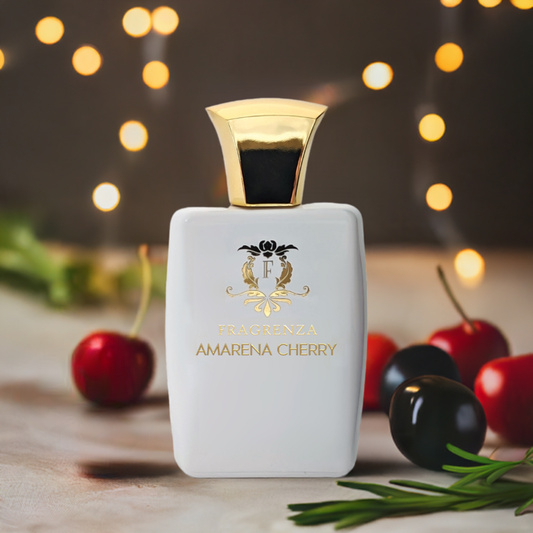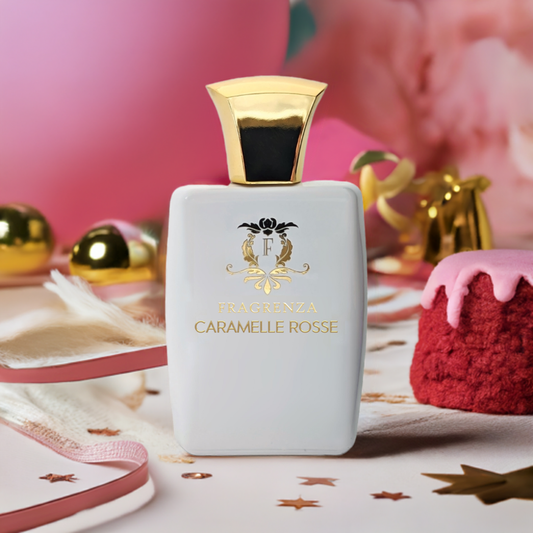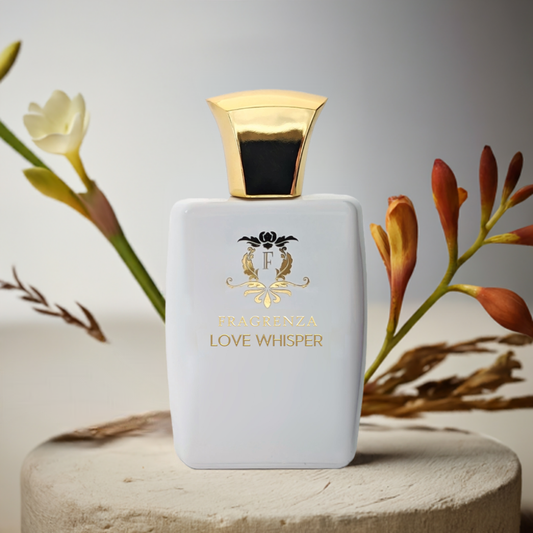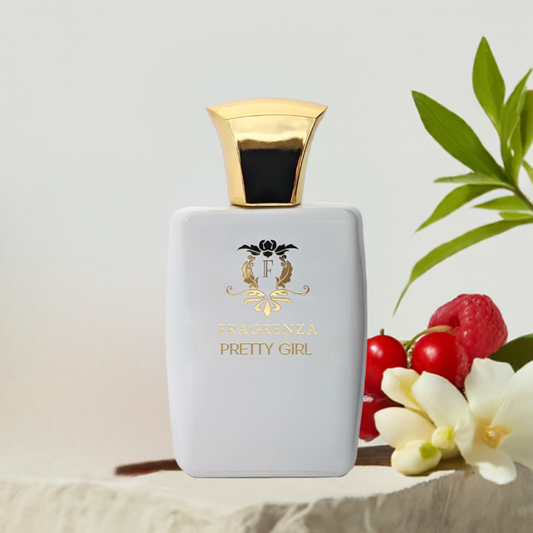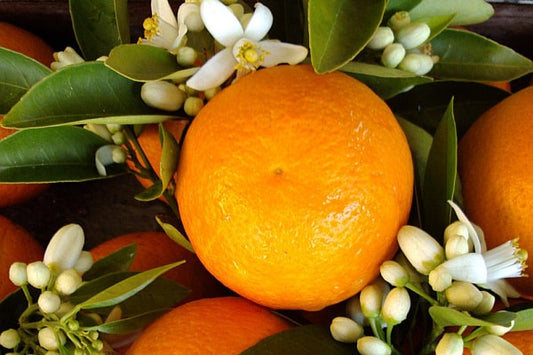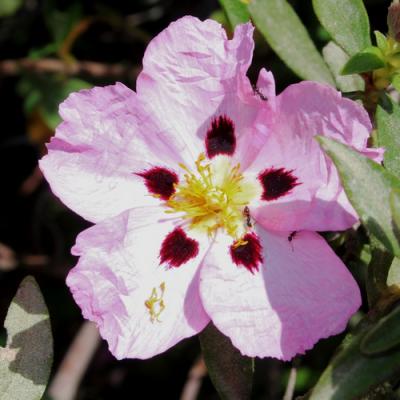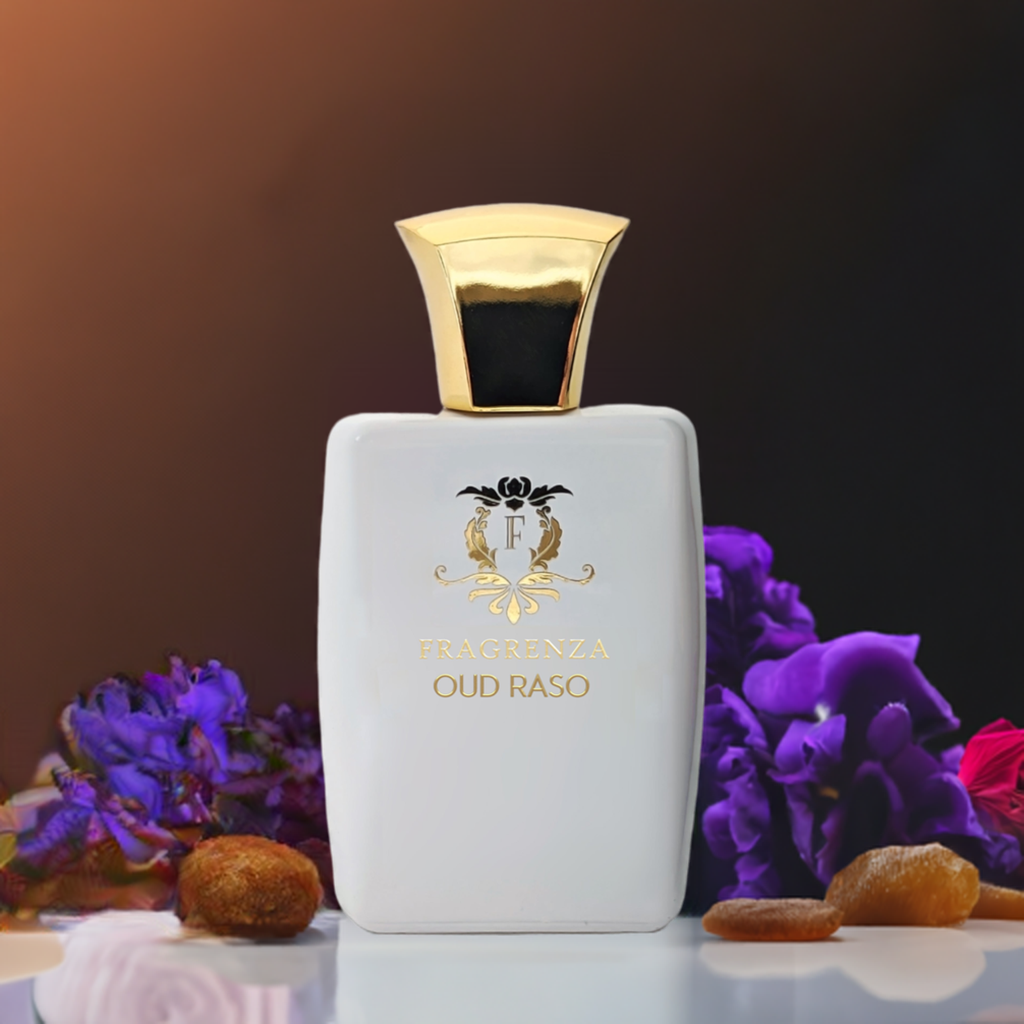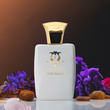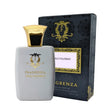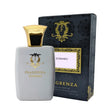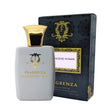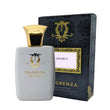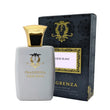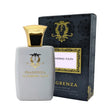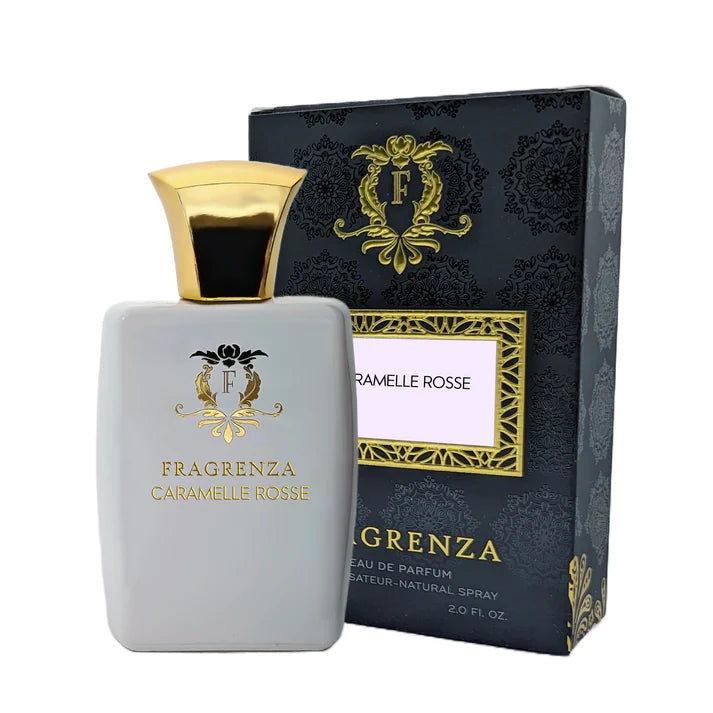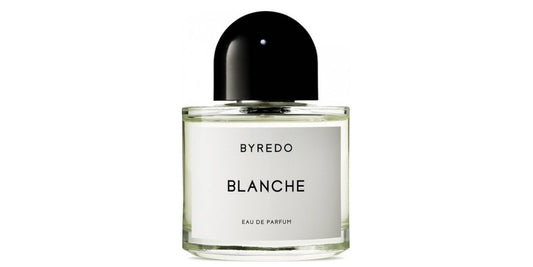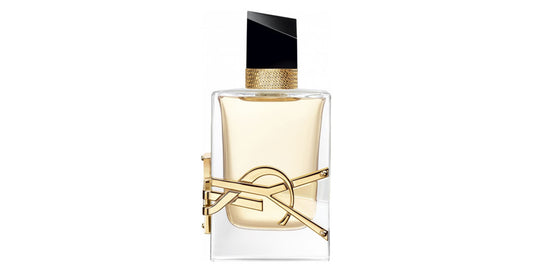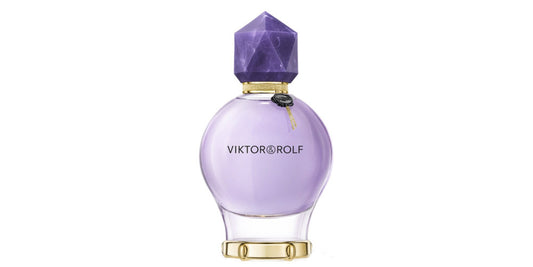Woody Notes in perfumery
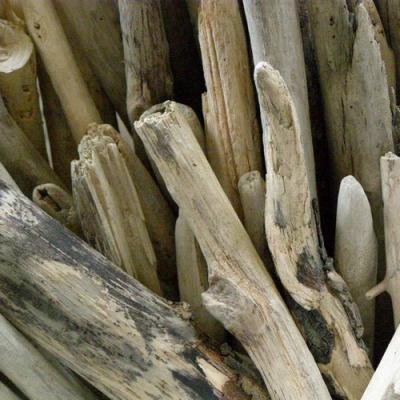
In This Article
The History and Fascinating Evolution of Woody Notes
Woody notes have not always been as popular in perfumery as they are today. Over time, they have become the backbone of many perfumes, providing depth and character to countless fragrances. Perfumers have divided woody notes into six categories: moss, amber, wet, smoky, resinous, and dry woods. In ancient times, people burned wood shavings and resins to honor and pray to their gods. Gabrielle Chanel paved the way for the inclusion of woody notes in modern fragrances. With Bois des Iles, released in 1926, the house of Chanel introduced a floral bouquet on a woody accord, dominated by the warmth and seductive power of sandalwood. In 1992, Serge Lutens (then Shiseido) further expanded the use of woody notes with Féminité du Bois, a feminine essence that showcases a base of cedar and sandalwood. Some of the most iconic woody notes include sandalwood, cedar, patchouli, oakmoss, and vetiver.
Fun Fact: Sandalwood is often sourced from the Santalum album tree, native to India, and has been used for centuries in traditional medicine, incense, and even woodcarving.
Iconic Fragrances Featuring Woody Notes
Today, a vast array of perfumes contains woody notes. Initially, woody notes, particularly vetiver, were predominantly found in masculine fragrances. Among the notable perfumes that showcase woody notes are Vétiver by Carven, Guerlain, Givenchy, and Bel Ami Vétiver by Hermès. Woody notes also blend harmoniously with oriental compositions, as seen in Alien Sunessence by Thierry Mugler, Amor Amor Forbidden Kiss by Cacharel, and Ambre Éternal by Guerlain. Woody notes are central to fragrances like Fahrenheit by Christian Dior, La Nuit de l'Homme by Yves Saint Laurent, and chypre fragrances like Aromatics Élixir by Clinique. Furthermore, woody notes beautifully complement floral elements, resulting in captivating essences such as Amarige Ylang Ylang des Commores 2010 by Givenchy, 1881 pour Femme by Cerruti, 24 Faubourg by Hermès, Valentina Pink by Valentino, and 1932 by Chanel.
Fun Fact: Vetiver, a popular woody note, is derived from the roots of a grass called Vetiveria zizanioides, native to India. The roots are harvested and then distilled to obtain the oil, which has a distinctive earthy, smoky aroma.
Modern perfumers treasure woody notes for their versatility and depth in both feminine and masculine fragrances. Woody notes impart warmth, sensuality, and character, making them indispensable in the world of perfumery.
The Art and Science of Blending Woody Notes
Woody notes are incredibly versatile and can be combined with a variety of other fragrance families to create unique and captivating perfumes. Here are some popular combinations that showcase the flexibility of woody notes:
- Woody notes + citrus notes: A fresh and clean fragrance that's perfect for daytime wear, energizing and invigorating the senses.
- Woody notes + floral notes: A delicate and feminine fragrance that exudes elegance and charm, ideal for special occasions and romantic encounters.
- Woody notes + spice notes: A warm and sensual fragrance that evokes an air of mystery and seduction, perfect for evening wear and intimate settings.
- Woody notes + amber notes: A luxurious and sophisticated fragrance that embodies opulence and extravagance, suitable for formal events and grand celebrations.
Fun Fact: Patchouli, another popular woody note, is derived from the leaves of the Pogostemon cablin plant, native to Southeast Asia. The leaves are harvested, dried, and then steam-distilled to obtain the essential oil, which has a rich, earthy, and slightly sweet aroma.
Choosing the Perfect Woody Fragrance
When selecting a fragrance that features woody notes, it's essential to consider the other notes present in the perfume. Since woody notes can be quite potent, they should be balanced with complementary notes to create a harmonious and well-rounded scent. Woody fragrances can be worn by individuals of all ages and genders, making them a timeless and versatile addition to any fragrance collection.
Remember to consider the occasion and the desired impression when choosing a woody fragrance. A fresh, clean woody-citrus scent is suitable for casual daytime wear, while a warm, sensual woody-spice fragrance is ideal for a night out or a romantic date. Floral-woody blends exude elegance and sophistication, making them perfect for special occasions and formal events. Whatever the occasion or personal preference, there is a woody fragrance that will captivate and enchant.
In conclusion, woody notes have come a long way since their ancient origins, evolving into an indispensable element in modern perfumery. With their versatility and timeless appeal, woody fragrances continue to enchant and inspire, creating olfactory experiences that are both memorable and unique.


